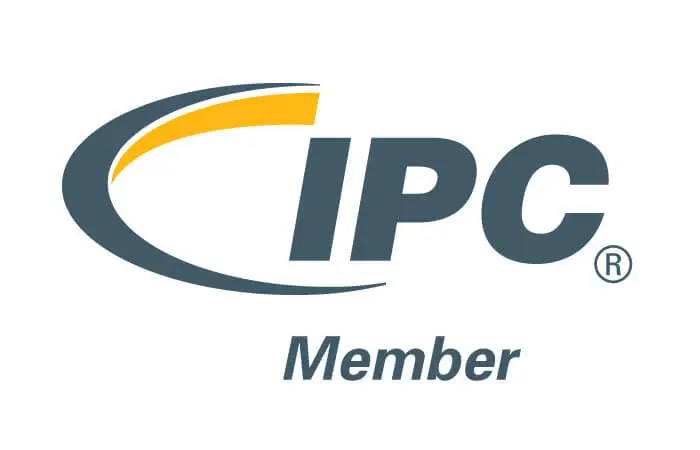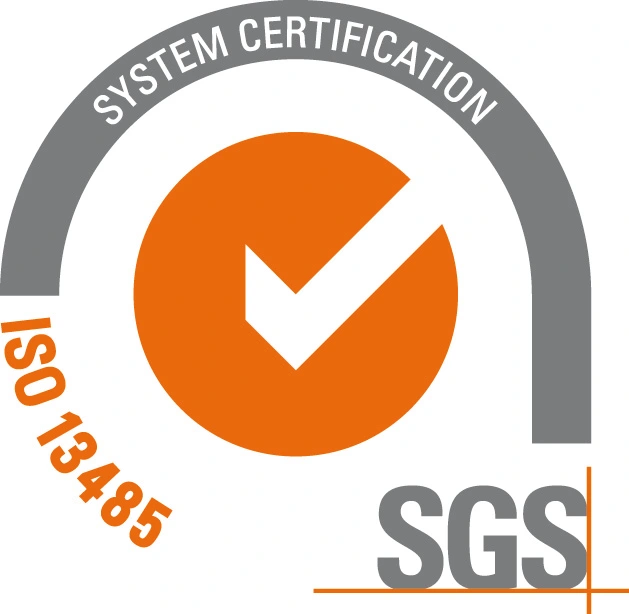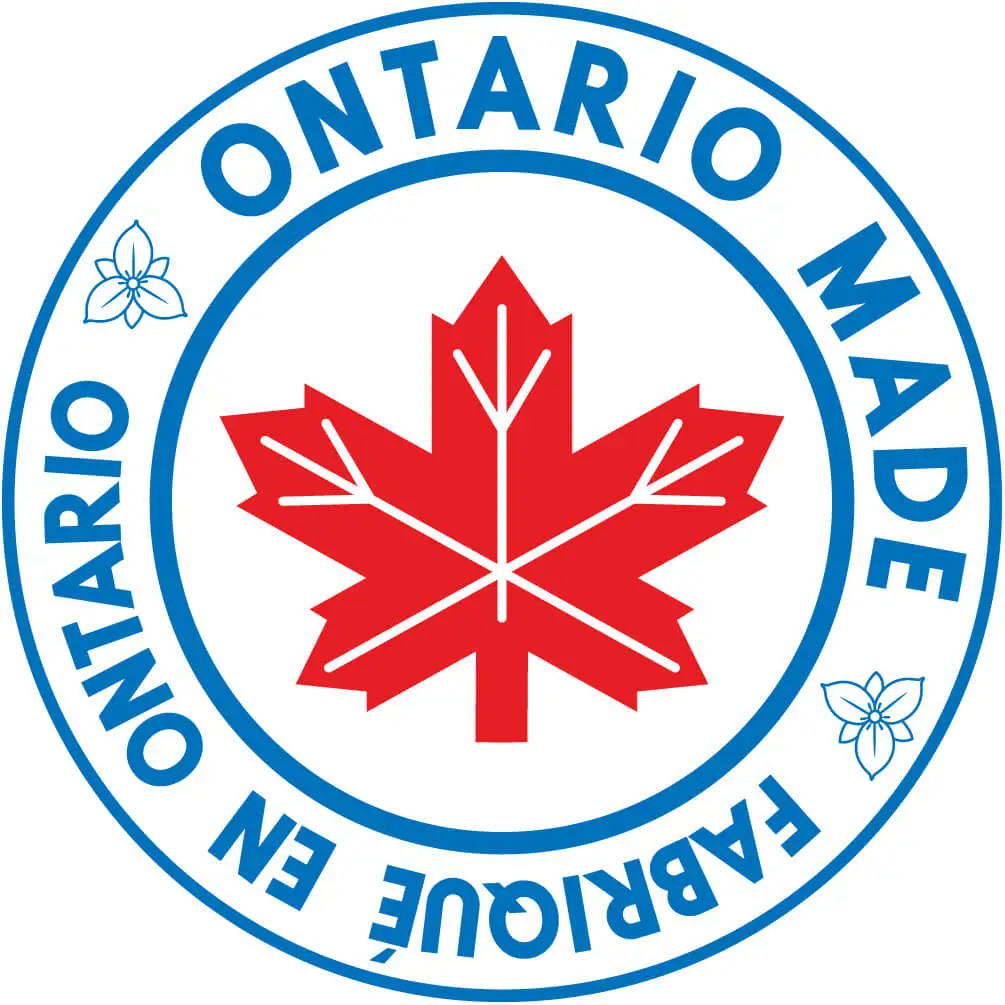TURN-KEY PCB ASSEMBLY: BITTELE ELECTRONICS
PCB MANUFACTURING AND ASSEMBLY
Full Turn-Key PCB Manufacturer
You can quickly get quotes and order PCB fabrication and assembly using our online system. Take advantage of exclusive automatic discounts with our tool. Our BOM pricing tool ensures you receive the lowest price for your order.
START A TURN-KEY PCB ORDER
Analysis and Solutions for Irregular PCB Plating Issues
In the field of electronics manufacturing, the printed circuit board (PCB) is a critical aspect that supports electronic components and provides electrical interconnections. The quality of the PCB’s plating directly impacts its performance, reliability, and service lifespan. However, irregular PCB plating remains a persistent challenge for engineers and manufacturers. This article provides an in-depth look at the causes and solutions for this issue.
I. Characteristics and Impact of Irregular Plating
As described in Modern Printed Circuit Principles and Processes, irregular PCB plating typically demonstrate as uneven plating thickness, surface roughness, burrs, nodules, or pinholes.
These defects not only compromise the PCB’s appearance but also seriously affect its electrical performance. For example, uneven thickness may result in inconsistent current distribution, increase localized resistance, and excessive heat generation affecting thermal management and circuit stability. Rough surfaces and burrs may lead to corona discharge, reduced dielectric strength, and potentially cause short circuits.
II. Root Cause of Irregular Plating
1. Chemical Factors
According to Electroplating Technology, key chemical parameters such as bath composition, metal ion concentration, temperature, and pH value significantly influence plating quality. Imbalanced metal ion concentration can lead to coarse grain structure or uneven deposition rates. High temperatures may cause porous plating layers, while low temperatures can slow deposition and cause pinholes. Improper pH levels disrupt metal ion deposition, affecting plating uniformity.
2. Physical Factors
In the electroplating process, current density is a critical parameter. High current density can cause coarse deposits and burning, while low current density may result in slow deposits or insufficient thickness resulting to incomplete plating. Improper agitation or poor anode-to-cathode spacing aƯects electrolyte flow and ion diffusion, leading to inconsistent plating.
3. Substrate Surface Conditions
The PCB substrate’s surface condition also plays a vital role. Contamination such as oils, oxidation, or scratches on the PCB surface reduces adhesion and may cause peeling or delamination of the plating layer. Additionally, excessive surface roughness leads to uneven plating thickness.
III. Solutions and Best Practices
1. Optimize Plating Solution and Process Parameters
As recommended in the Practical Electroplating Handbook, maintain strict control over electrolyte composition and concentration. Regularly analyze and adjust the content of each component in the plating solution.
Control temperature and pH value within optimal ranges. For example, for acid copper plating solution is generally controlled at 20–30°C, while pH value is between 3.5–4.5. Select appropriate current density based on PCB board size and plating requirements and ensure current stability during the process.
2. Upgrade Equipment and Improve Process Control
The use of advanced electroplating equipment, such as an electroplating tank with effective agitation systems, can ensure uniform flow of the plating solution and increase the diffusion rate of metal ions, thereby obtaining a uniform coating. Reasonably adjust the distance between the anode and the cathode, generally controlled between 10-30cm, to ensure uniform current distribution. During the operation, pay attention to the control of the electroplating time to avoid over- or under-plating.
3. Enhance Surface Preparation
Before electroplating, the PCB substrate must be strictly surface treated to remove impurities such as oil, oxide layer, etc. Common surface treatment methods include chemical cleaning, mechanical polishing, micro-etching, etc. Chemical cleaning can use alkaline or acidic cleaning agents to remove oil and organic matter on the surface of the substrate. Mechanical polishing can improve the roughness of the substrate surface and improve the bonding strength between the coating and the substrate. While microetching can remove the oxide layer on the substrate surface and increase the activity of the substrate surface.
4. Strengthen Quality Inspection and Control
Establish a complete quality inspection system to strictly inspect the coating quality of PCB boards. Common inspection methods include thickness measurement, appearance inspection, and bonding strength test. Thickness measurement can be performed using equipment such as X-ray fluorescence spectrometers and metallographic microscopes. Appearance inspection can be performed by visual inspection or with the help of magnifying glasses, microscopes, and other tools. Bonding strength tests can be performed through methods such as cross-cutting tests and thermal shock tests. Through regular inspection and analysis, coating quality problems can be discovered in a timely manner, and corresponding measures can be taken to adjust and improve.
Conclusion
Irregular PCB plating is a complex problem involving multiple factors such as chemistry, process control, surface conditions, and equipment. To solve this problem, it is necessary to optimize the plating solution formula and process parameters, improve the plating equipment and operation methods, strengthen the substrate surface treatment, and improve the quality inspection and control.
By addressing these areas systematically, manufacturers can significantly improve plating quality and enhance the overall performance and reliability of PCBs. To get started on your PCB design with Bittele, or for general PCB questions you can contact us anytime! To receive your official quote, please send in your board design files to sales@7pcb.com. We can also be reached at 1-416-800-7540.
Related Articles:
Please briefly describe the information you are seeking in the search bar below.






 English
English